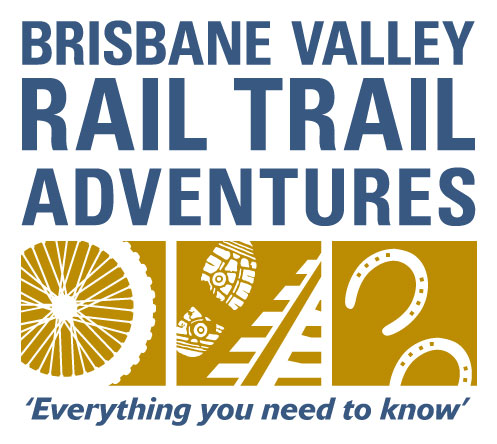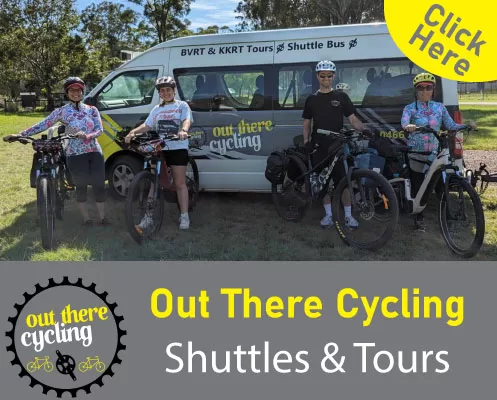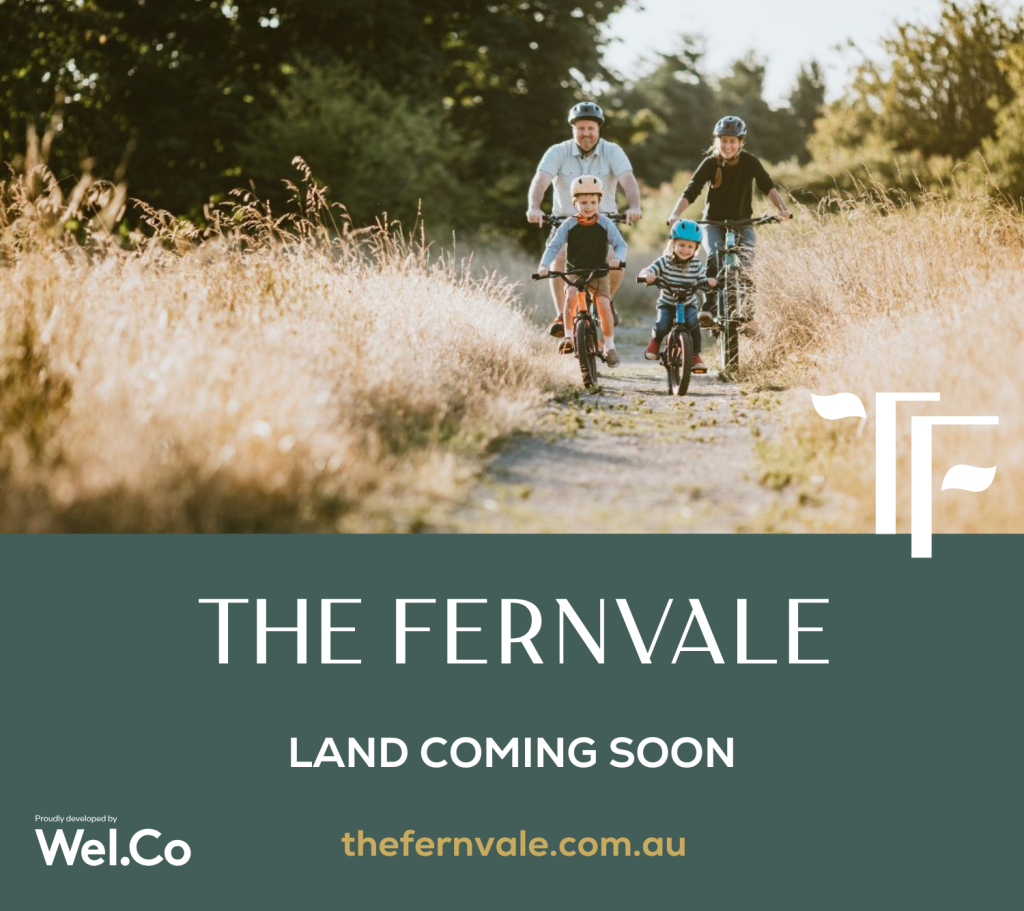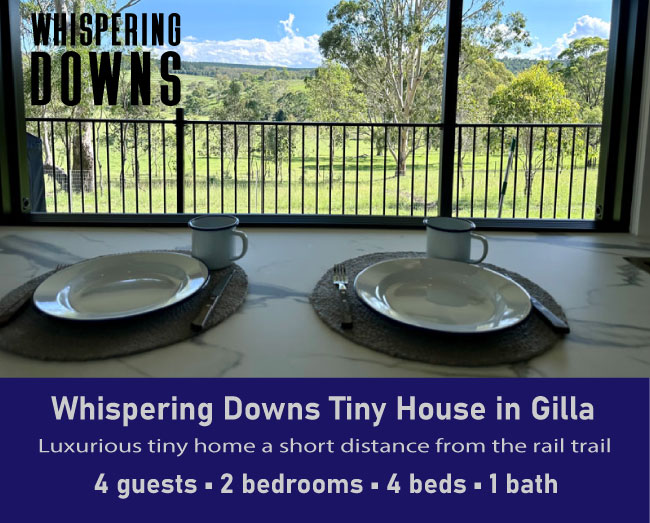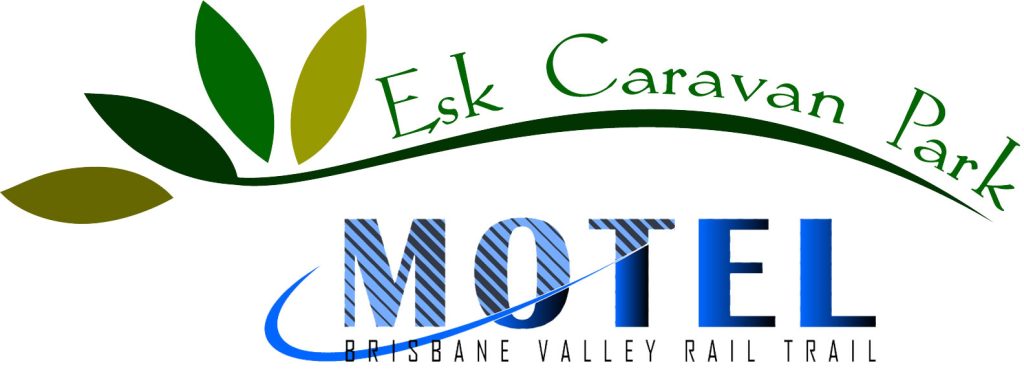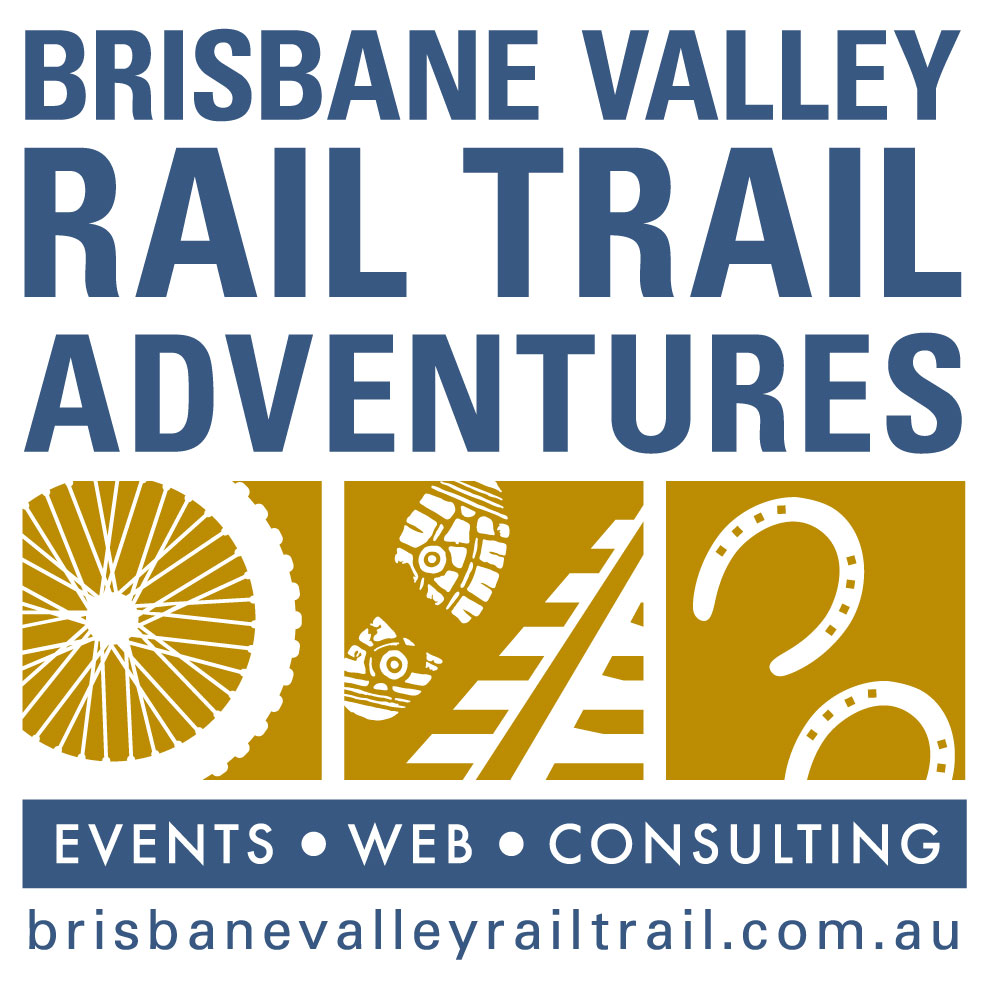An article by Paul Heymans.
Every now and then, about twice a month, I receive a direct message or an email offering detailed and well-meaning advice about how the BVRT should be improved. I’m grateful for the advice, really I am.
Indeed, the debate often rages in our Facebook group between the “purists” as someone recently labelled them, who like the BVRT the way it is, and the rail trail “nerds” who complain about the rough surfaces, occasional steep gullies, and lack of bridges. They have an idealised concept of what a rail trail should be like. According to them, the surfaces should all be graded and resurfaced, the gullies should all be bridged, and then we would all reap the benefit of hugely increased traffic.
Debatable. Perhaps what makes the BVRT special is exactly it’s unique quality as an adventure trail and making it more it more ‘civilised’ would have the opposite effect? We can never know, but where were you when we were fighting tooth and nail for the funding?
My recent visit to the Northern Rivers Rail Trail (NRRT) certainly gave me cause to reflect. It is a perfect rail trail in nearly every respect. Great smooth surface, all the creeks have bridges, and the signage is very well designed. The rail trail nerds will love it. It demonstrates what can be achieved if you have a big enough budget and can design and construct the entire trail all at once.
I loved it, but if it was my local trail, I would probably get bored after a few months. You can have too much of a good thing, IMHO.
The BVRT had a very different history. Let’s go back to the very beginning, 20 years ago. The first section of the rail trail was developed by the former Esk Shire Council on the old railway line between Fernvale and Lowood which opened in 2003. The surface was degraded granite, so very good when dry, very mushy when wet,
Subsequently, the former Nanango Shire Council developed the trail from Linville to Blackbutt on the Blackbutt Range that was opened on 3 June 2006. Apart from a few surface improvements, it’s much the same now as it was back them.
It wasn’t until 22 January 2007 that the Queensland Government announced $3.6 million for the development of a recreational trail along the entire length of the old Brisbane Valley Line on the disused rail corridor.
Even by the standards of the day, $3.6 million was probably inadequate, so developing the trail was mostly limited to vegetation clearance and installing signage and gates.
Supposedly, some resurfacing was undertaken, but with coarse gravel that made the experience a bit like riding a jack hammer. If you think some sections are rough now, you should have tried them back then. Lockyer Creek to Coominya was so bad that most people took to the road alongside. As for the sections south of Toogoolawah, they were rough as guts.
Then, all government contracts were arbitrarily cancelled when the Newman Government came into power in Queensland in 2012. All work on the rail trail came to an abrupt halt with two significant sections incomplete – Ipswich to Wanora and Toogoolawah to Moore.
There was no marketing, maintenance was minimal, and relatively few people were even aware of its existence. The trail was effectively in a state of suspended animation.
I’m not going into the politics except to comment they were protracted and fractious, and better told in a different story. Suffice it to say, work on the rail trail did not recommence until 2017 when funding was allocated by the Queensland Government, with additional grants from the Australian Government, and some funding from local government, to complete the Ipswich to Wanora and the Toogoolawah to Moore sections.
Management of the rail trail had been divided between two Queensland government departments, but at some point in the proceedings around 2017, overall management was consolidated under the Dept of Transport and Main Roads (DTMR), which resulted in a more consistent and professional approach.
However, due to historical leases, management of different sections still comes under different entities as follows:
• Ipswich to Pine Mountain – Ipswich City Council.
• The sections through all Somerset towns from Fernvale to Moore – Somerset Regional Council.
• From Moore to Linville – The Ambassadors for the BVRT.
• Linville to Nukku – South Burnett Regional Council, with maintenance delegated to the Ambassadors for the BVRT.
• Nukku to Yarraman – Toowoomba Regional Council.
• Recycled water pipeline – SEQWater.
• Everything else (about 100 km) – DTMR.
It should also be acknowledged that DTMR funds much of the work undertaken by local government.
After the two missing sections were completed in 2018, funding was announced to reconstruct Lockyer Creek Bridge, and since then there have been various projects undertaken by DTMR and local councils to upgrade different sections and remediate flood damage. Much has been learned about trail construction that best suits the BVRT along the way. Methods used now differ significantly from the early days. For example, you will notice there is greater use of convex profiles and high capacity drainage where the trail has been resurfaced following the recent floods.
I estimate that approx. $38 million has been invested in the BVRT since its inception, most of that since 2017 when the BVRT Users Association started campaigning to get the job finished. Our community activism acted as a catalyst for renewed interest in the rail trail project at senior levels of government.
It has been said that a camel is a horse designed by a committee and much the same might be said about the BVRT, since so many different people and entities have been involved in it’s development. However, much like a camel, the BVRT has evolved over time into a surprisingly successful trail.
If the BVRT were a grand spanking new project now, fully funded with a budget of about $35 million, it would be very different. We would have a lovely smooth surface, all the creeks would be bridged, perhaps a few suspension bridges where the old bridges have gone, and lots of great landscaping. It would be fantastic, just like the NRRT
But that’s not what happened, and we can’t change the history.
So, when I say, it is what it is, and no matter how much people whinge and complain, it’s not going to change, that my friends is the reality. I’m not being defensive as someone recently accused me, I’m simply stating the historical facts. It has evolved over a period of 20 years and will continue to evolve as essential maintenance work is undertaken to remediate wear and tear and damage by the elements. Perhaps one day it will all be smooth surfaced, and all the gullies will be bridged. But it’s not going to happen any time soon, the funding simply isn’t available
I count myself as a “purist” and I like it the way it is. You must admit, love it or hate it, the BVRT does have a great personality and attitude.
Much like a camel. ![]()
Paul Heymans, 3/8/2023.
